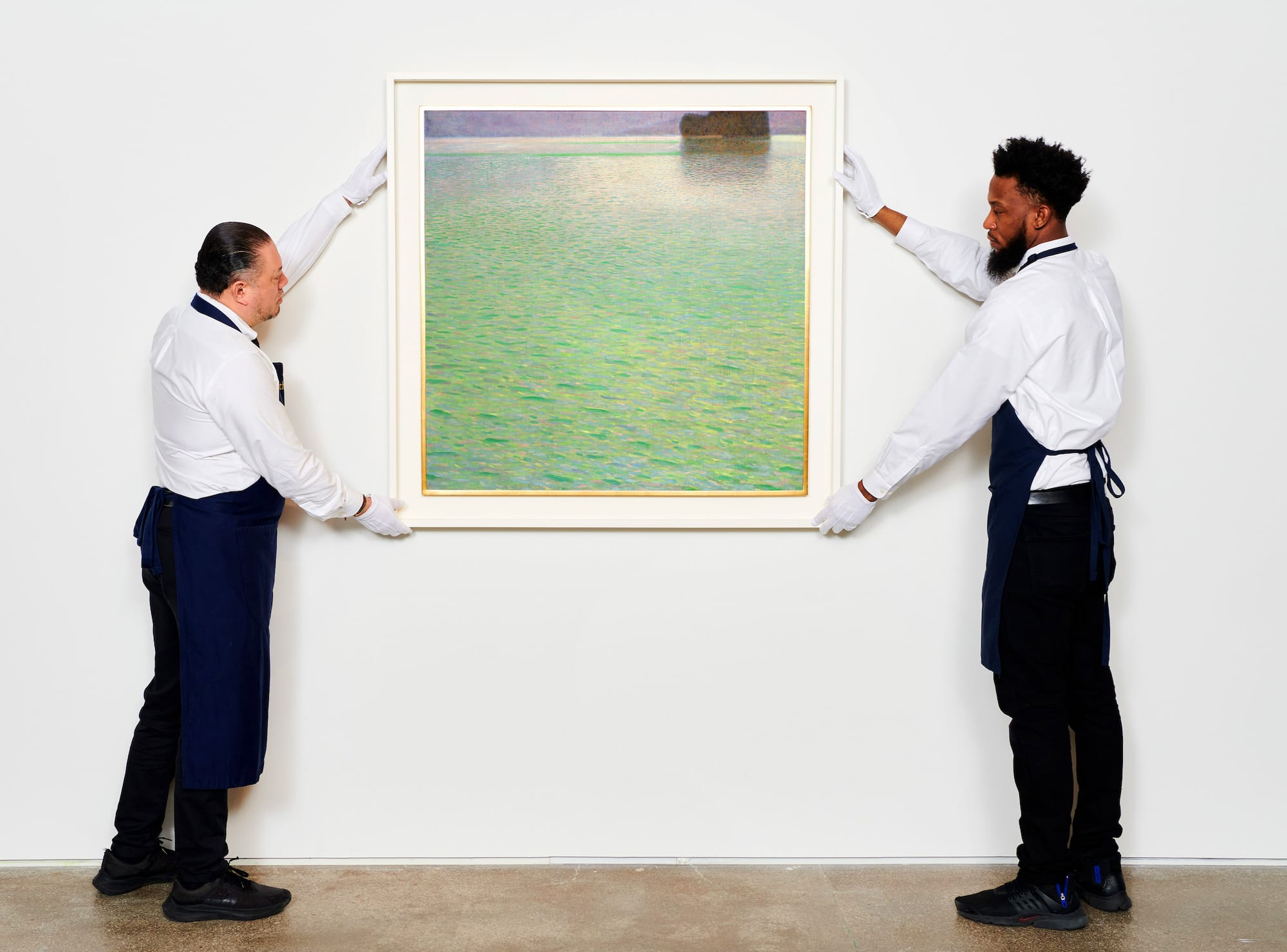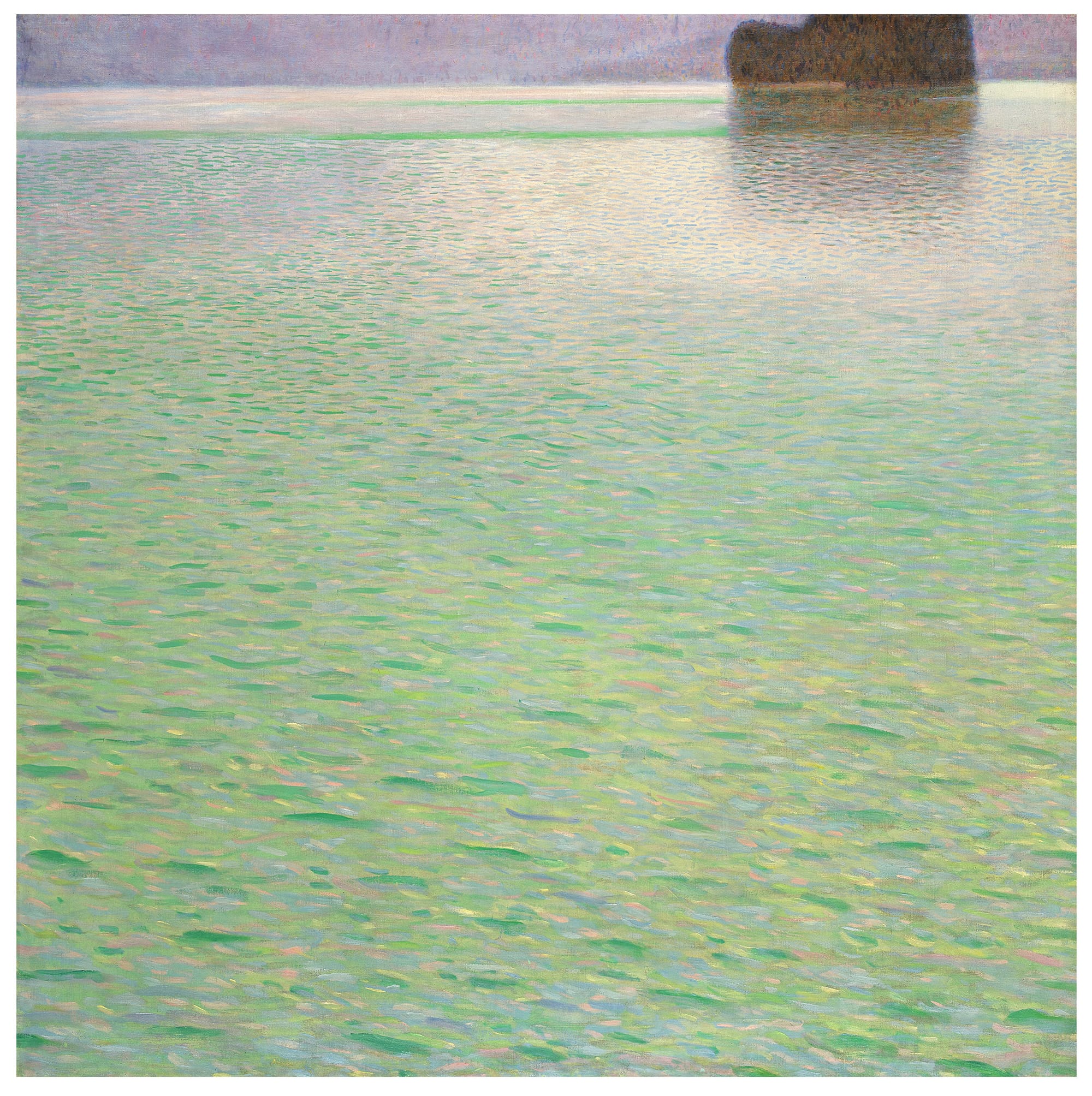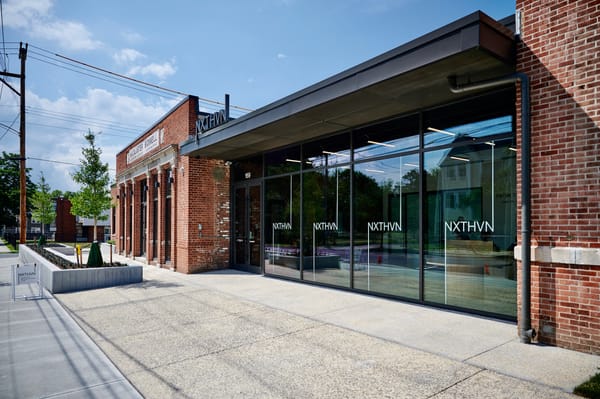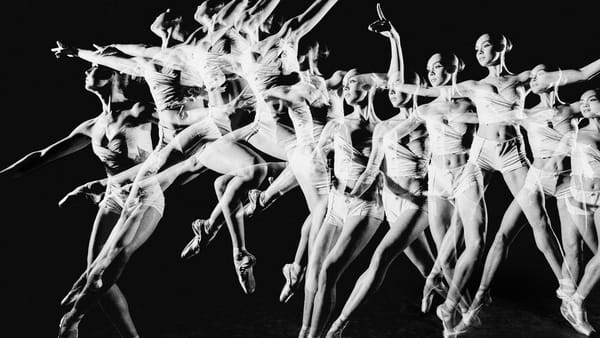Rare Klimt Landscape Heads to Auction in New York
The artist’s plein-air painting of Austria's Lake Attersee could fetch up to $45M.

Impressionistic landscapes usually aren't the first thing that comes to mind when one thinks of Gustav Klimt, but the painter's rare plein-air painting of Austria's Lake Attersee has emerged from a private collection in New York for an exhibition and auction at Sotheby's. Klimt's "Insel im Attersee" (1902) is set to make a splash at the Modern Art evening auction next Tuesday, May 16, with an estimated hammer price of $45M.
While renowned for his portraiture and particularly for his "Golden Phase," Klimt was largely influenced by the natural world and spent his summers in the Austrian and Italian countrysides at the turn of the 20th century, leaning into his more experimental work with limitless inspiration from the saturated hues of his surroundings. The artist regularly summered with his sister-in-law and life companion, Austrian fashion designer Emilie Flöge, and her family at their home along Attersee after the death of his brother, Ernst, left Emilie's older sister Helene a widow.

In 1900, Klimt began his plein-air explorations of Attersee with a vivid appreciation for the water's shifting iridescence. His earlier rendition of the lake — a foggy, cool-toned square painting completed that year with a novel composition anchored by an offset silhouette of an island in the top-right corner — belongs to the Leopold Museum in Vienna, Austria. In "Insel im Attersee," Klimt maintained the unusual, square-format composition but expanded his color palette to indicate the lake's reflection of sunlight.
Instead of the original greyish purple and rich turquoise streaks, Klimt's updated Attersee painting is studded with pointillistic brush strokes of yellow-greens, pinks, and blues ranging from pastel highlights to saturated mid-tones.
"Insel im Attersee" was also made significant by Klimt's gallerist, the Austrian art historian Otto Kallir, who included the painting in one of the early exhibitions, Saved From Europe, after opening Galerie St. Etienne in New York in 1939. Kallir moved from Austria to Lucerne, Switzerland, to Paris, and eventually to New York between 1938 and 1939 due to the Nazi regime, saving as many works as he could from artists like Klimt, Egon Schiele, and Alfred Kubin.
The painting is on view at Sotheby's until Tuesday, May 16, alongside other highlights such as Georgia O'Keeffe's "Lavender Hill Forms" (1934) and Vincent van Gogh's "Jardin devant le Mas Debray" (1887).





